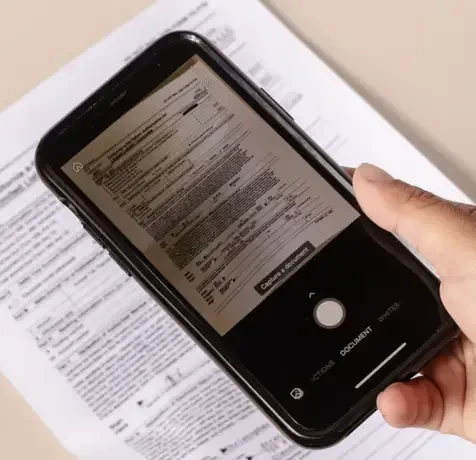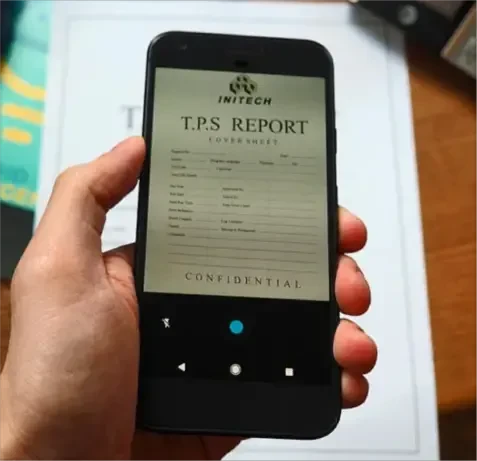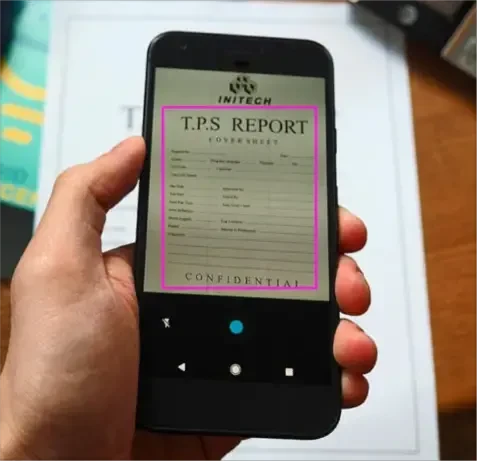Optical Character Recognition (OCR) for Document Scanning
Home » Case Study » Optical Character Recognition (OCR) for Document Scanning
Project Overview:
Objective
OCR for document scanning aims to automate and enhance the conversion of printed or handwritten text into digital formats, thereby streamlining document management and retrieval across various industries. This technology seeks to improve efficiency while addressing common challenges. Furthermore, it promotes collaboration to ensure precision, accessibility, and compliance.
Scope
OCR for document scanning aims to use machines to do text conversion, improving efficiency in managing documents across various industries. It tackles challenges and promotes teamwork to ensure accuracy, ease of access, and compliance with regulations.




Sources
- OCR Software: Use both commercial and open-source OCR software and tools. These are designed to accurately convert printed and handwritten text into digital formats.
- Document Collections: Access large collections of printed or handwritten documents. This helps in training and refining OCR models for various document scanning applications.



Data Collection Metrics
- Volume: Total number of processed documents.
- Accuracy Rate: Correctness of character recognition for data quality assessment.
Annotation Process
Stages
- Document Acquisition: First, gather all printed or handwritten documents that need to be scanned.
- Image Preprocessing: Next, clean and enhance the document images. This includes removing any noise and making necessary image adjustments.
- Text Localization: Then, identify and locate the text within these images or scanned documents.
- Optical Character Recognition: After that, apply OCR algorithms to convert the text into a digital format.
- Quality Assurance: Following the OCR process, review and correct the generated text to ensure accuracy.
- Data Integration: Finally, integrate the digitized text into document management systems. This step streamlines document access and management processes by making them searchable and easily retrievable.
Annotation Metrics
- Inter-Annotator Agreement: Assess the level of agreement among different annotators to measure annotation reliability. Furthermore, it’s essential to ensure that this agreement is consistently high to maintain data quality.
- Label Accuracy: Evaluate the precision and correctness of annotations provided by annotators. In addition, regular checks and validations can help in maintaining high accuracy.
- Feedback Mechanism: Establish a feedback system to address uncertainties and continually enhance annotation quality. Moreover, providing timely feedback can help annotators understand and correct their mistakes, leading to better results over time.




Quality Assurance
Stages
Data Quality: Implement data quality checks to ensure accuracy and reliability of collected data.
Privacy Protection: Strictly adhere to privacy regulations and obtain informed consent from participants. Ensure that data is anonymized and cannot be traced back to specific individuals.
Data Security: Implement robust data security measures to protect sensitive information.
QA Metrics
- Data Accuracy: Ensure data accuracy through regular validation checks.
- Privacy Compliance: Regularly audit data handling processes for privacy compliance.
Conclusion
Optical Character Recognition (OCR) technology has transformed document scanning by automating the conversion of printed or handwritten text into digital formats. As a result, it enhances efficiency, making textual content easily searchable and accessible. Moreover, OCR plays a vital role in various industries, such as archiving, finance, and healthcare. It streamlines document management and retrieval processes, making them more efficient.

Quality Data Creation

Guaranteed TAT

ISO 9001:2015, ISO/IEC 27001:2013 Certified

HIPAA Compliance

GDPR Compliance

Compliance and Security
Let's Discuss your Data collection Requirement With Us
To get a detailed estimation of requirements please reach us.
